On a recent Hartford walk, I came upon a charming little building at the edge of Bushnell Park. Slate roof, bright red gable, Tudor style. As it came into sharper view I noticed the sign, Pump House Gallery, above the structure’s heavy wooden door. As I looked further, I could see the industrial looking machinery that could only be…pumps?
Yes, pumps. This Cotswold-style building was built in 1947 by the Army Corps of Engineers after the Park River was buried. The Park River, also known over the years as Little River, Mill River and Hog River, ran through Bushnell Park and was one of its chief features.

However, due to mills, factories and tenements built along segments of the river, it was contaminated with waste and debris. The strong smell detracted from the intended use of Bushnell Park, and every spring the river would flood the area. Hartford suffered two major floods in 1936 and again in 1938, and subsequent to that the Army Corps of Engineers made major changes including burying the Park River.
The Bushnell Park portion of the project was completed in 1949 and later sections were completed after the major flood of 1955. Altogether over 9 miles of river were impacted at a cost of more than $100 million. The pumps in Bushnell Park are still operational and are part of Hartford’s flood control plan.

In recent years the Pump House has been used in additional ways, including a restaurant and most recently an art gallery featuring the work of local area artists. It’s not the only pump house in the country used as a gallery – I came across others in Ohio and Wisconsin. No doubt there are more!
Coincidentally, my fellow blogger Dan at No Facilities also wrote about the Pump House last fall. I stumbled across his post when doing my research and he takes a different approach to the topic.
This post is part of Norm 2.0‘s weekly Thursday Doors roundup. If you love a good door, check out this week’s entries.
Enjoy this post? You may also like Horace Bushnell Congregational Church. Horace Bushnell was responsible for the formation of Bushnell Park and an important figure in Hartford’s history.
[x_author title=”About the Author”]

My name is Deb Cohen, and I am a lifelong resident of Connecticut, a lover of all things historic and New England, and a realtor who helps buyers and sellers achieve their real estate goals and dreams. When I’m not working, I enjoy life with my husband, our two adult children, and our two rescue pups. Renovating and decorating our historic home, dating to 1800, is another favorite pastime.

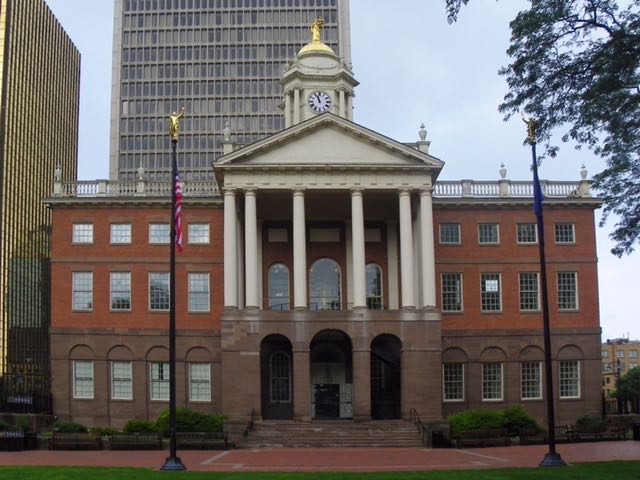
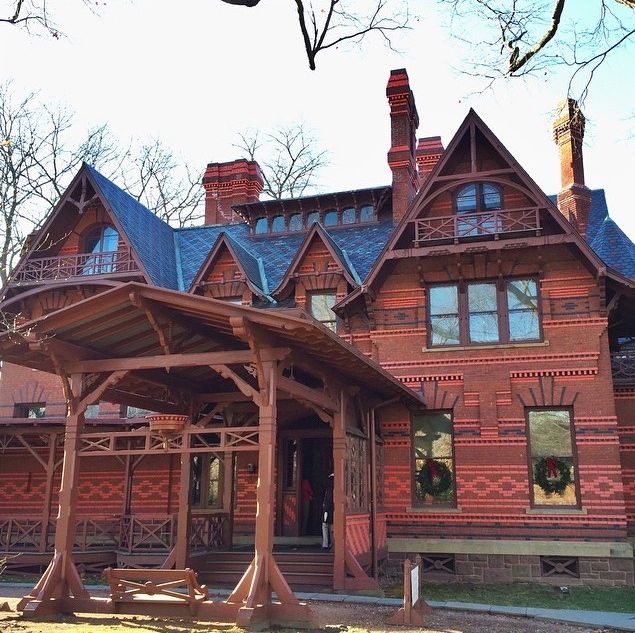

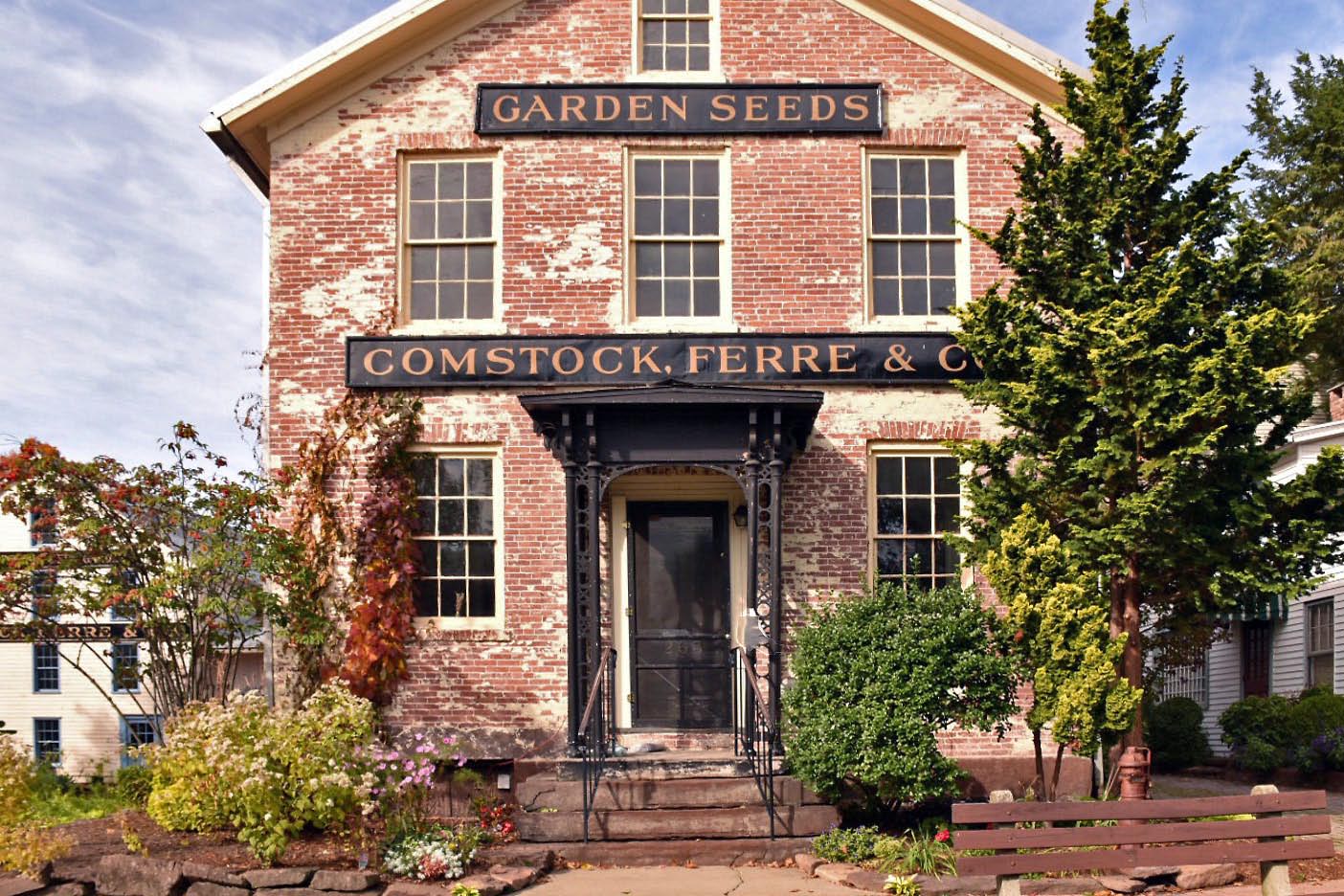
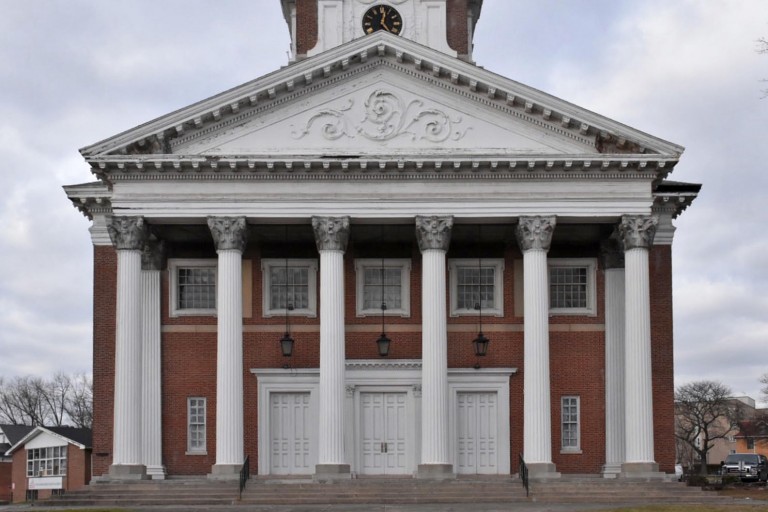





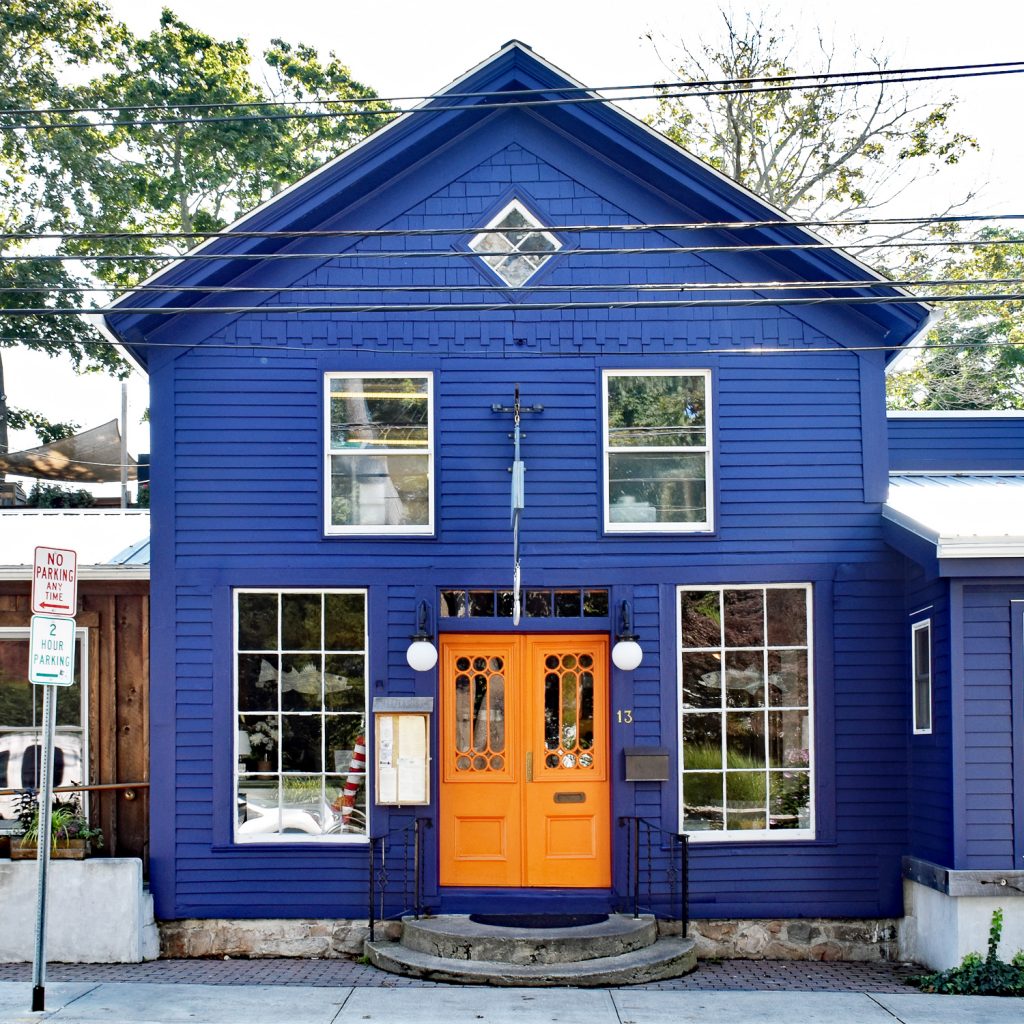
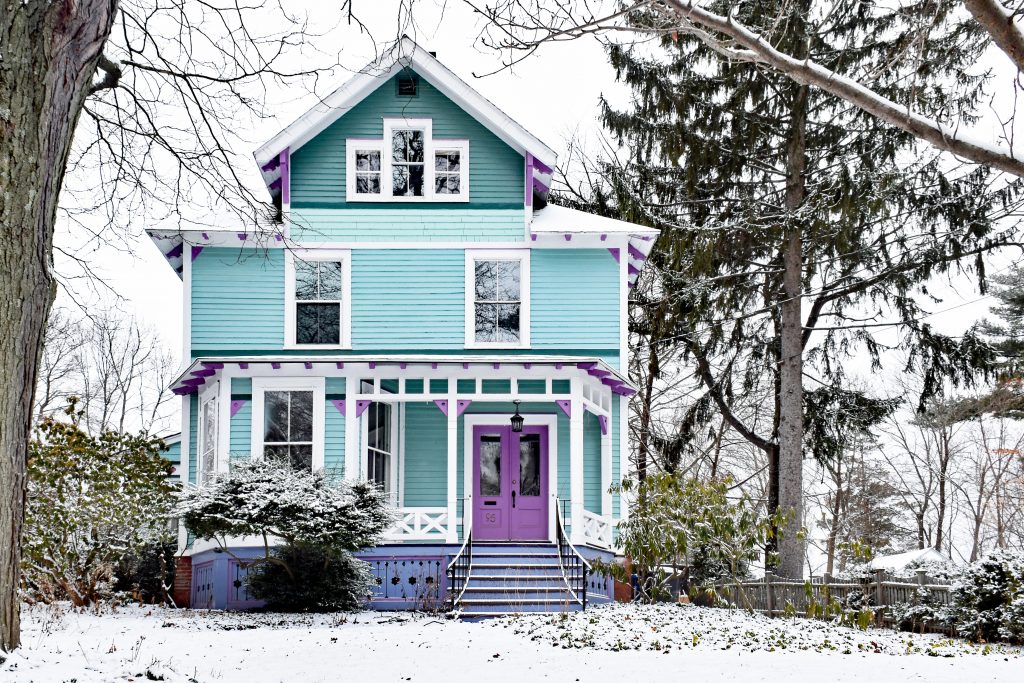
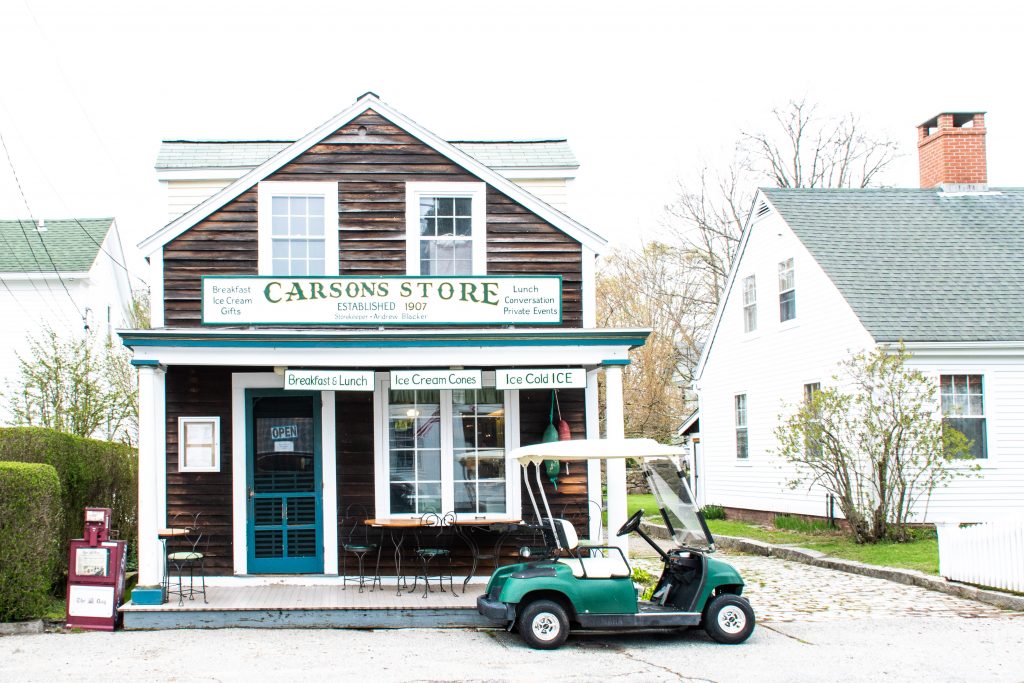
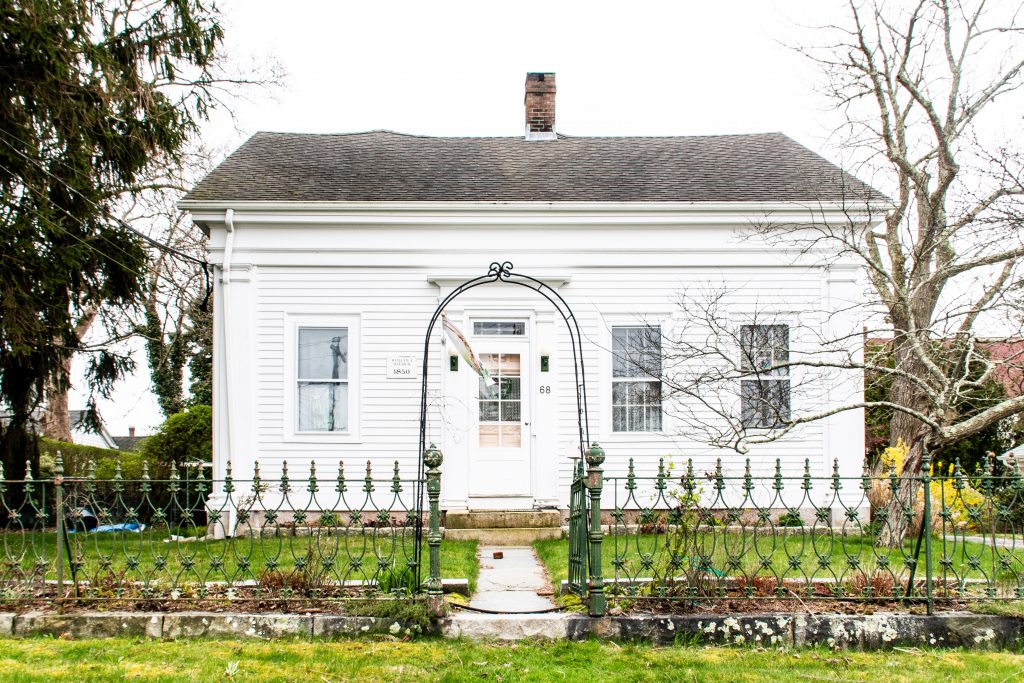
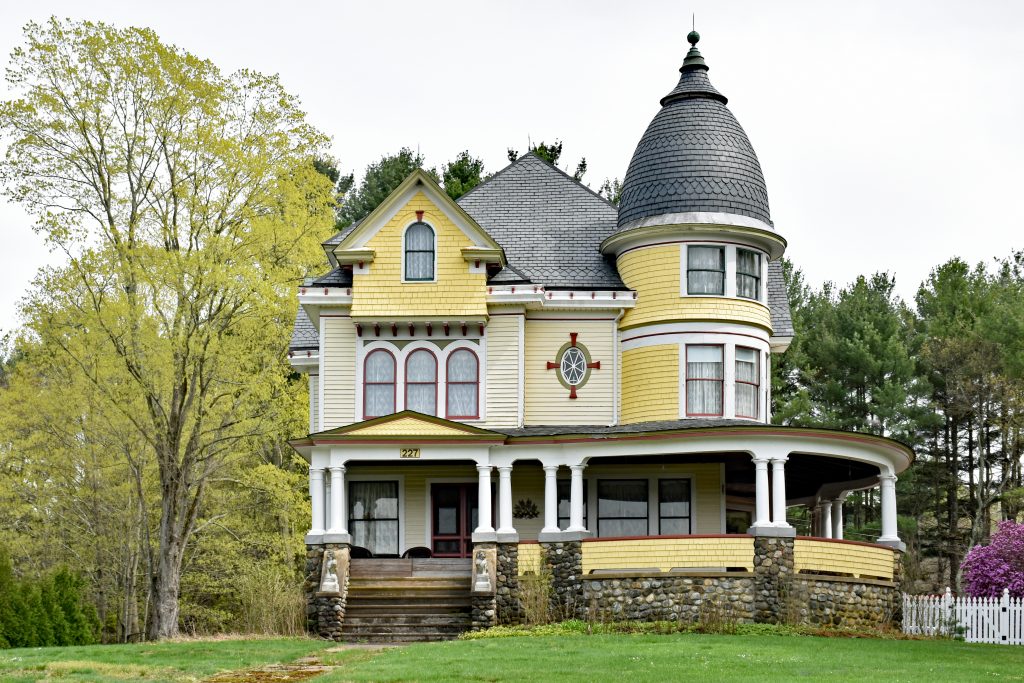
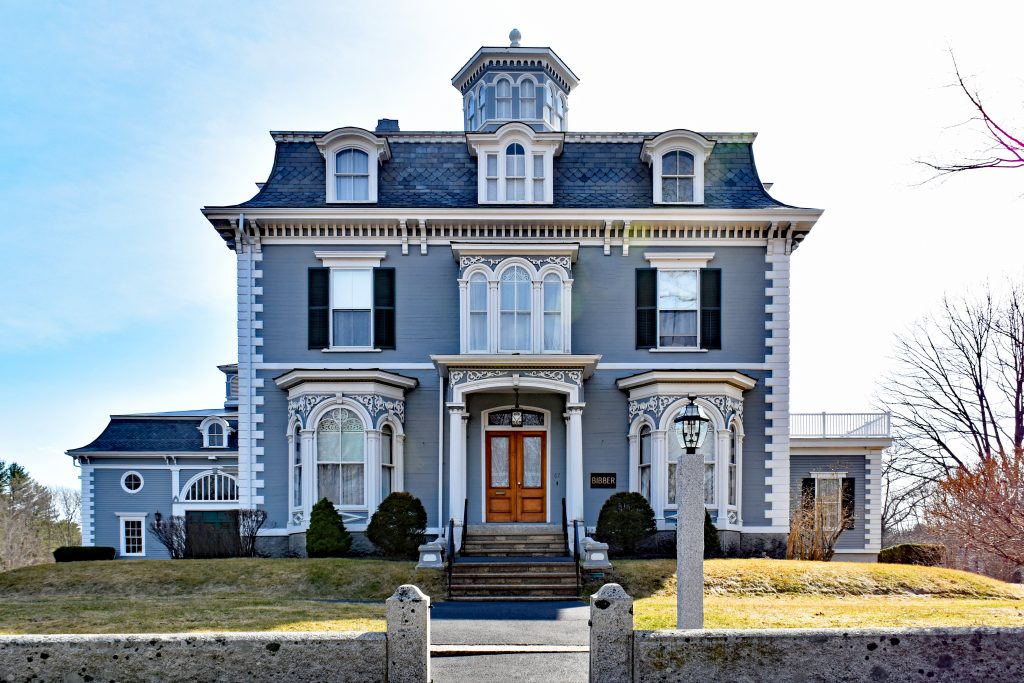
Postcard makes me want to take a stroll there! Gorgeous:).
I thought I was the only one with a passion for the front doors in New England! Love this =) Can’t wait to check out your IG!!
Awesome! Thanks so much, Tiffeny! There are a few of us out there with door obsessions 🙂
The Pump House has a wonderful set of doors. I think they are my favorite.
I have to agree! It’s a great little building.
Old architecture and history is a great combination!
…but I’m still stunned by the fact they buried the river? Soooo many questions, but at least that explains the pump house in a park 🙂
Yes, Joanne – a very interesting story! I came across a ton of articles about it online but just so much to digest and attempt to summarize. Seems they had many good reasons for doing so, but wouldn’t it have been nice to still have a river flowing through the park?
Nice photos and interesting post. We lived for 12 years in Marlborough, CT, and seeing photos of Harford and surroundings brings back a lot of nice memories. Thank You.
Hi Fred – thanks so much for your comments! I’m glad my photos bring back good memories for you.
I love the doors, the stone/brick, and the roof.
janet
Thank you Janet!
Nice post! That second shot is my fave.
Very unique!
I love architecture and I like hearing the stories behind it. Very interesting. Thank you for sharing.
Thanks so much, Doreen! I definitely enjoy historic architecture!
I love the Pump House! I’m a sucker for stone buildings. Thanks for the mention.
You are welcome Dan! I was chuckling to myself when I was researching and came across your post. I was like “darn, Dan beat me to it!”